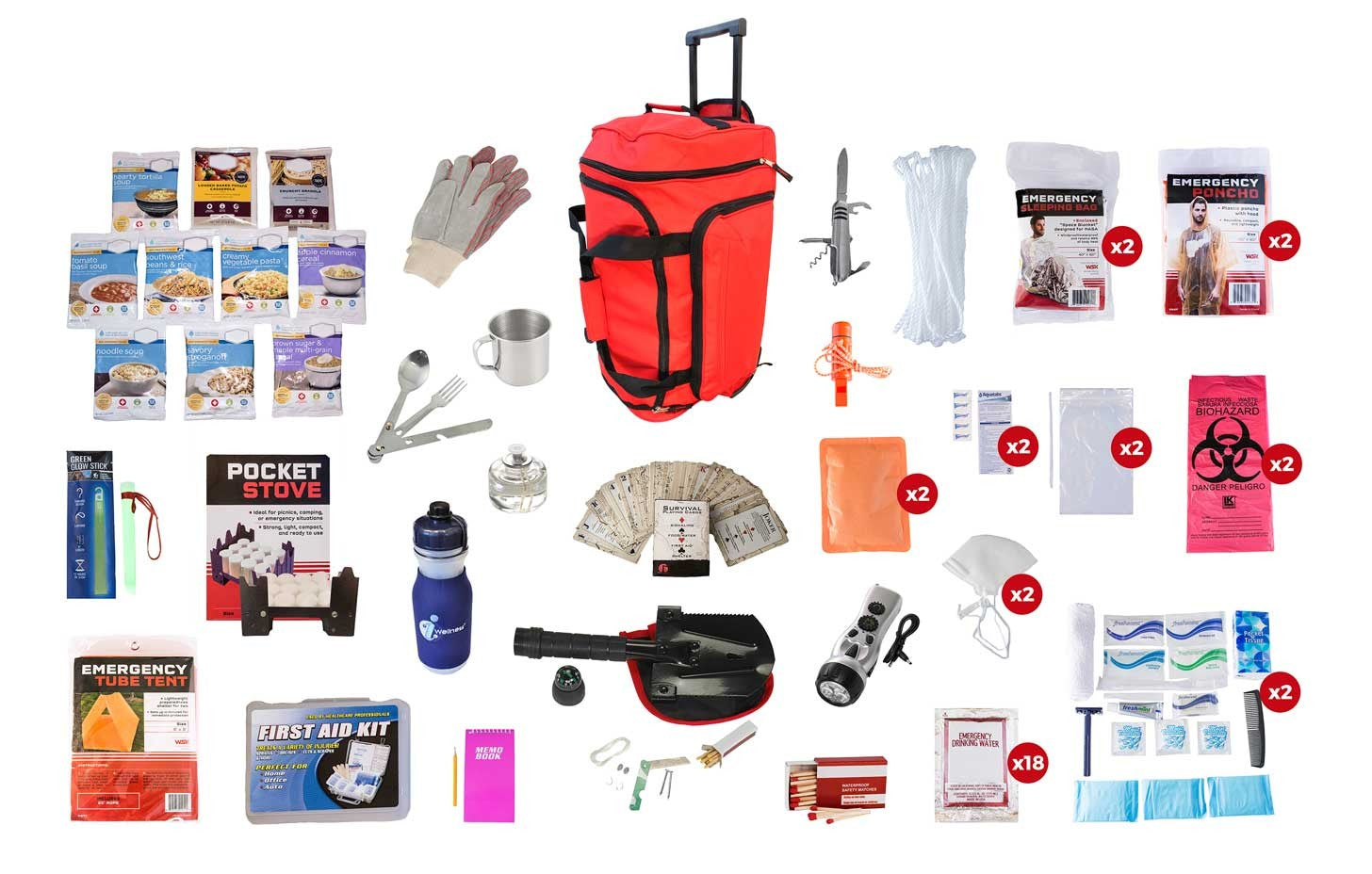Take Control with Emergency Preparedness: Securing What Matters The Majority Of
Take Control with Emergency Preparedness: Securing What Matters The Majority Of
Blog Article
How to Develop a Detailed Emergency Preparedness Plan
In the realm of readiness, developing a detailed emergency plan is not merely a task to mark off a listing; it is an essential keystone of any type of organization or individual's durability strategy. From natural disasters to unanticipated dilemmas, the ability to anticipate, reduce, and respond efficiently can mean the distinction in between mayhem and control. By meticulously crafting a plan that deals with different aspects of emergency situation monitoring, consisting of threat assessment, communication procedures, resource appropriation, and strategic decision-making, one can lay a solid structure for protecting possessions, lives, and procedures. The true effectiveness of such a strategy exists not just in its development but additionally in its continuous maintenance and adaptation to advancing threats and challenges.
Value of Emergency Situation Readiness
Emergency readiness is critical for reducing potential threats and making certain the safety and security of communities and individuals. In today's globe, where all-natural catastrophes, public wellness dilemmas, and various other emergencies can strike without caution, being prepared can make a substantial distinction in decreasing the effect of these events. By having a well-thought-out emergency readiness plan in position, people and companies can respond successfully, protect lives, and decrease residential or commercial property damages.
Among the key reasons that emergency situation readiness is essential is its duty in saving lives. When emergency situations happen, having a plan that outlines clear treatments for discharge, interaction, and emergency reaction can help individuals act promptly and decisively. This can avoid injuries and deaths by making certain that individuals recognize what actions to take to stay safe
In addition, emergency preparedness enhances the resilience of neighborhoods. By cultivating a society of preparedness and planning for numerous scenarios, areas can recover quicker from catastrophes and disruptions. This durability is important for maintaining security, continuity of operations, and total well-being despite hardship.
Assessing Possible Threats
Taking into consideration the value of being planned for unanticipated events, the initial step in creating an efficient emergency situation readiness plan involves completely assessing and analyzing prospective threats. This analysis needs a detailed testimonial of all possible threats that might affect the organization, considering variables such as location, industry, and historic data on incidents. By determining these threats, companies can prioritize their readiness efforts and allot resources effectively to reduce one of the most considerable hazards.
Common threats that organizations may encounter include natural disasters like hurricanes, quakes, or floods, technical risks such as power failures or information breaches, along with human-caused risks like mishaps or willful acts of physical violence. Performing a threat assessment likewise involves considering the potential influence of these occasions on the company's procedures, staff members, customers, and credibility. By performing an extensive danger analysis, organizations can develop customized emergency situation feedback plans that resolve their specific vulnerabilities and make sure effective preparedness for any potential situation.
Developing a Communication Plan
Developing a clear and comprehensive communication plan is crucial for efficient emergency situation preparedness within companies. In times of crisis, interaction plays an important duty in making sure the safety and well-being of workers, stakeholders, and the area. A well-thought-out interaction plan ought to outline clear lines of interaction, mark essential workers in charge of communication tasks, and develop protocols for disseminating information swiftly and accurately.
One key facet of creating a communication plan is recognizing key and alternating communication channels (EMERGENCY PREPAREDNESS). These can consist of email, message messaging, phone trees, social this post media platforms, and public address systems. It is crucial to make sure that these networks are trusted, available, and frequently examined to guarantee their performance throughout emergency situations

Structure an Emergency Situation Kit
Given the essential importance of readiness in times of situation, a vital part that organizations have to attend to is the establishment of an emergency package. When setting up an emergency situation package, it is crucial to consider the particular demands and conditions of the organization. Furthermore, companies need to include important documents, such as contact listings, insurance coverage information, and emergency situation reaction strategies, in water-proof containers within the set.
Establishing Discharge Treatments
To make sure the security and orderly emptying of personnel during emergency situations, organizations need to develop clear and effective evacuation procedures. Evacuation treatments need to include a variety of possible scenarios, consisting of fires, natural disasters, or other emergency situations that require quick discharge.

Additionally, organizations must develop a system for audit for all personnel throughout an evacuation to make sure that every person has actually safely left the premises. Interaction plays an essential function in discharge procedures, with clear instructions on just how to evacuate and when to do so. Normal evaluation and updating of emptying procedures based upon feedback and transforming circumstances are necessary to keeping the efficiency of the plan.
Conclusion
To conclude, developing a thorough emergency situation readiness strategy is crucial for ensuring the safety and security and well-being of people in case of a calamity (EMERGENCY PREPAREDNESS). By evaluating prospective risks, creating an interaction plan, developing an emergency kit, and developing discharge treatments, companies and individuals can be better geared up to react properly to emergency situations. It is necessary to prioritize preparedness initiatives to mitigate the effect of catastrophes and protect lives and property
In the realm of readiness, establishing an extensive emergency plan is not merely a job to examine off a checklist; it is a necessary keystone of any kind of organization or individual's resilience strategy. When emergency situations take place, having a strategy that lays out clear procedures for interaction, emptying, and emergency situation response can aid individuals act promptly and emphatically. Visit Website. By conducting a complete danger analysis, companies can develop customized emergency situation response strategies that address their details susceptabilities and make certain reliable readiness for any potential dilemma
Establishing a clear and extensive communication plan is necessary for efficient emergency situation preparedness within companies. By evaluating potential threats, producing an interaction plan, constructing an emergency situation set, and establishing discharge treatments, individuals and companies can be much better geared up to respond successfully to emergencies.
Report this page